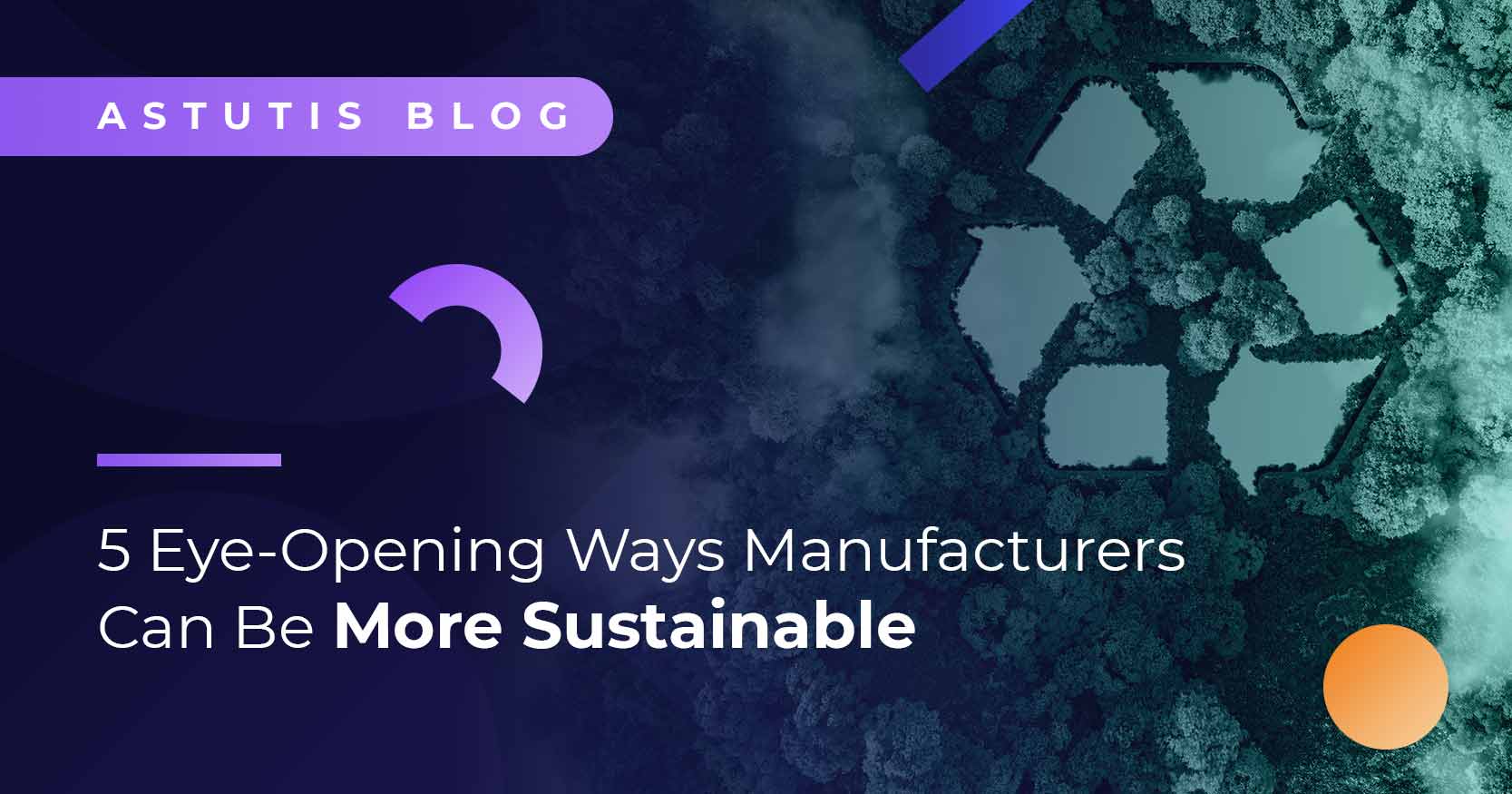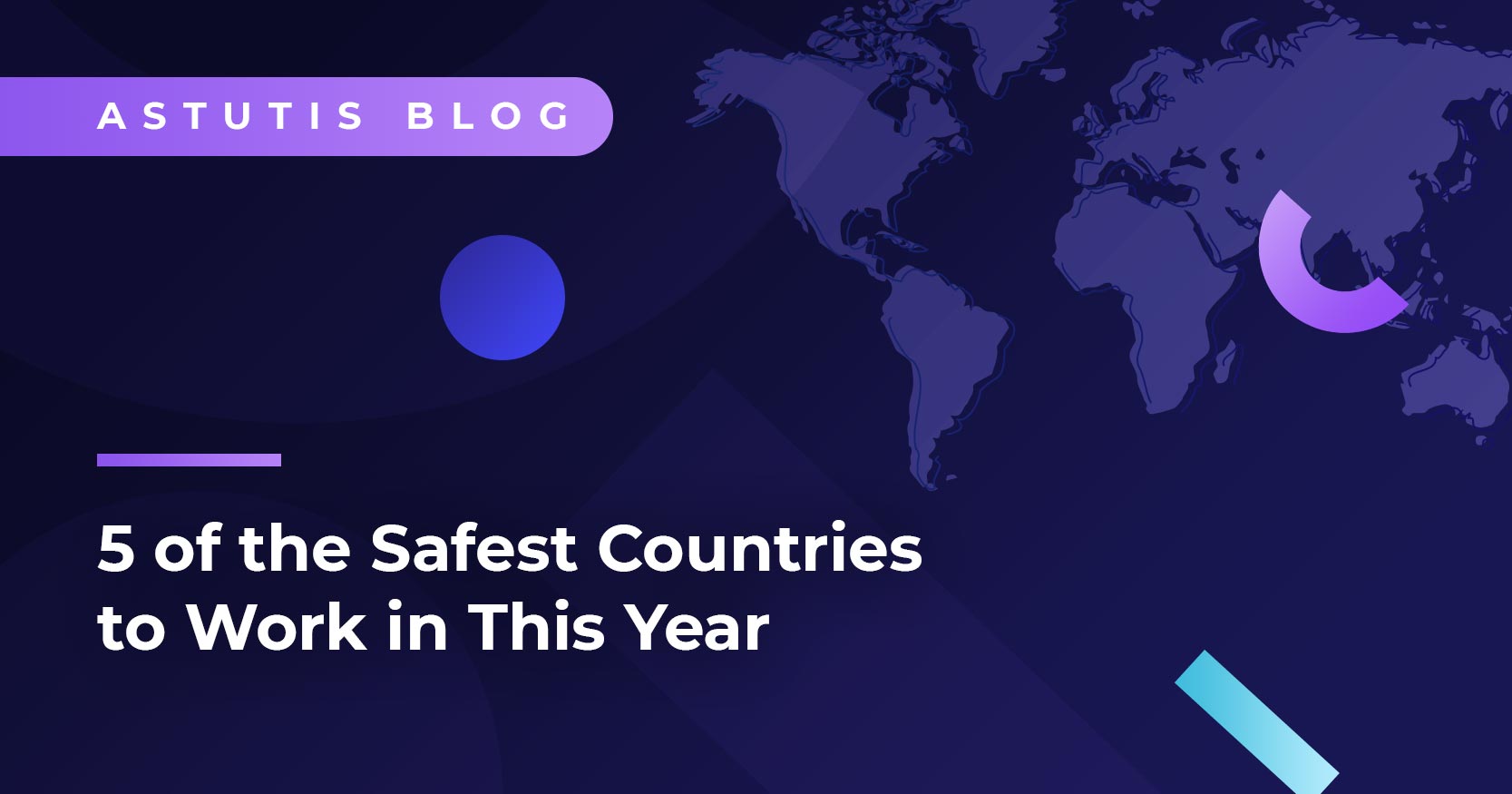Prioritise the Wellbeing of your Workforce
Taking a holistic approach to the health of your employees is essential. See how as an organisation, you can prioritise the wellbeing of your workforce.
The role of health and safety has traditionally been more involved in safety within the organisation rather than health. Safety outcomes are often more immediate and therefore perhaps easier to recognise and manage, whereas health outcomes are often delayed and the effects are not seen or felt for a longer period of time. This influences how we prioritise our actions and safety is more often than not, at the top of the list.
In recent years, there has been a shift in who takes responsibility in the health and wellbeing of staff. Line managers, and health and safety teams are assuming greater responsibility and this is set to continue. There are multifaceted reasons for this and the workplace has become much safer over the past four decades. Reasons for this include:
- Equipment is better designed, much safer and more accessible
- Legislation has been introduced covering most hazard specific topics
- Everyone carries both a communication and recording device in their pocket
- Expectations for safety are of a higher standard than they once were due to the better flow of information and reporting
Company benefits of well managed staff wellbeing
Businesses have also become aware of the fact that their workers’ health, both physical and mental, is linked to the overall health of the bottom line and efforts in this area can see positive results in:
- Reduced absenteeism/presentism
- Greater productivity
- More positive working environment
- Enhanced reputation
- Fewer workforce complaints
- Increased profit margins
Safety related risk continues to see a steady decline in the number of incidents and accidents as a result. Health and wellbeing however has been more of a specialist role, involving focus in areas such as air and water quality, chemical hazard control and control of public health epidemics. These are all very relevant areas of concern today, but health hazards are about to get a lot more personal so businesses must be well prepared.
A drive to improve the personal health aspects of the individual
I think it is fair to say that we now all live a very sedentary lifestyle, where moving is seen as unwanted effort. A consistent push since the 1960s to minimise the effort needed to carry out tasks, has seen manufacturers and suppliers flood the markets with kit and equipment that essentially does the task for us. All that we are required to do is input the function data and press go.
This seems on the surface to be a win for all, but it turns out that physical movement is very important for our physical health and wellbeing. So reducing our exercise levels day to day at work, is negatively affecting us.
If you take age as a scale from 0 – 80 (approximate UK life expectancy), which age group is the most active? Teens? Middle age? The elderly? It is actually turns out to be toddlers before they start nursery or school. This group of humans move as they have been made to. These toddlers bend in the correct places; they remain upright in the spine with a symmetrical frame. When they carry loads, they do so with the load held close to their bodies. They are supple, flexible and efficient in their movement.
Reverse engineering our children's movement
What do we then do with this group? We reverse engineer them. We send them to school where they spend a lot of the day seated on hard plastic chairs for hours facing one direction and this increases as they progress through their academic career to higher education. In adulthood we encourage the same lack of movement or sedentary posture – seated in a chair and glued to a screen for hours each day. We then go home after sitting in the car for some time and settle down on the sofa, staring at yet another screen, then lie down all night, get up and repeat the same routine the following day.
It is no wonder we have a crises of musculoskeletal disorders, obesity, chronic joint illness and depression. We need to move more. Movement is medication for the body and mind and the less we do it the more we suffer.
More movement at work
So how can we achieve more movement in the workplace? Below are some suggestions:
- Use desks that can adjust to become standing or sitting
- Have dedicated times where all are encouraged to get up and complete walking laps of the workplace, where it allows (consider safety implications first of course)
- Encourage attendance of gyms if viable or establish a subsidised local gym membership
- Develop incentivised collective health schemes that drive weight loss, promote distance walked, number of steps achieved etc.
- Introduce team building exercises periodically throughout the year that encourage movement
- Offer company fitness programmes
- Provide wellbeing information and advice from HR initiatives
- Carry out health surveillances with specialist advice on movement
- Encourage face to face meetings on the shop floor instead of email chains
It is not just a lack of movement that is increasing health concerns. Fundamental changes to the way we live have also had a huge impact.
We are what we eat
The way we eat has transformed with convenience premeditating our choices resulting in quick-fix food that seems void of all essential nutrients and minerals. We choose taste, over nourishment. Like movement, food is medication for the body, not just fuel. Holistic doctors have been curing type 2 diabetes with plant-based diets for a number of years now. High blood pressure and skin conditions are curable through diet as well as many other ailments and disorders. Multiple studies have attributed artificial foods, sugars and preservatives as a trigger for Attention Deficit Disorder (ADD) in children. When considering the evidence available improving our lifestyle choices should be a 'no brainer' for us
Healthier eating at work
How involved the employer should be in employees’ diets or not is yet to be determined, but if you are serious about tackling this growing issue in your workplace then below are some areas to consider:
- Subsidised staff canteens that only serve healthy, nutritious food
- Replacement of sugary snack dispensers with health food types
- Employ a nutritional adviser to brief staff on basic dietary needs
- Only use food suppliers that offer nutritious meals that benefit staff
- Encourage competitive staff weight loss schemes through dietary changes
The above mentioned health concerns tend to manifest themselves as physical issues, and we all know that in order to be of sound mind then the body must be working efficiently. It is no coincidence that mental health issues are increasing as we become less active. Stress, depression and anxiety are on the rise and have already overtaken physical disorders as the primary cause of absenteeism from work. Suicide is the biggest cause of death in men under the age of 45 in the UK. If this does not cause us to reconsider how we are living in and out of work then I do not know what will.
More organisations are proactively managing the health and wellbeing of their workforce as they recognise their moral and legal responsibilities. The benefits of a workforce that is cared for are priceless: engaged people, a positive culture, less days lost and increased productivity.
Click the button below for more information on the IOSH Managing Occupational Health and Wellbeing course!
Related Blogs

Real Life Stories









